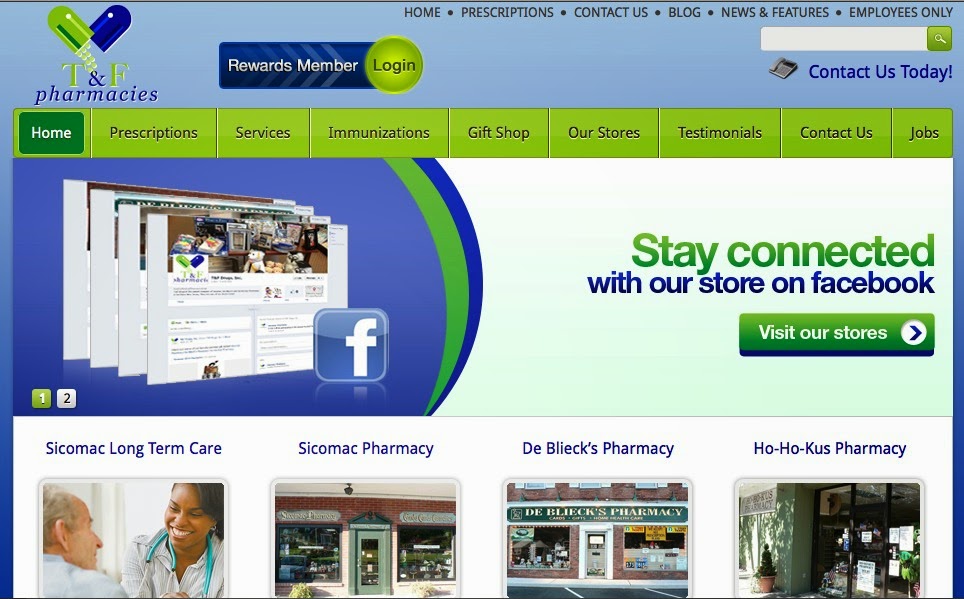A
sudden fall. A serious diagnosis. Surgery isn’t always something you
can plan for. Even so, you can take steps to make recovery at home a
little faster and safer. You just might need to depend on others for
extra help. With the benefit of advance planning, of course, do what you
can before the day of surgery.
Simplify. What felt easy before surgery may suddenly feel a little like mountain climbing. Take a few simple steps now to eliminate steps later.
Practice using crutches, a walker, or wheelchair. Also, have someone show you the safe way to go up and down stairs and get in and out of the shower.
Sources
Simplify. What felt easy before surgery may suddenly feel a little like mountain climbing. Take a few simple steps now to eliminate steps later.
- Stock up on food and other supplies. Buy ready-made meals or prepare and freeze single meals.
- Put items you use often within easy reach—between waist and shoulder level.
- Make sure your bed is firm enough to support you while you recover.
- Stay on the same floor as a nearby bathroom. Or buy a portable commode to put by the bed.
- Put a portable or cell phone within easy reach. Keep handy the numbers you will need to call, like the doctors office, neighbor, relative and pharmacy.
- Place a firm-backed chair in rooms you use most often.
- Use a fanny pack to carry items with you around the house.1 inside incase you fall and need to call for help.
- Consider buying an elevated toilet seat and a shower or bath chair.
- Install grab bars vertically or horizontally. Don’t ever use towel racks as grab bars.
- Add non-slip suction mats in the tub and a non-skid mat outside the tub.
- Place soap and shampoo where you won’t need to reach for it.1
Practice using crutches, a walker, or wheelchair. Also, have someone show you the safe way to go up and down stairs and get in and out of the shower.
- Follow instructions. After surgery, you’ll likely go home with special instructions on incision care. To prevent infections, make sure you understand how to care for your incision. For example, call the doctor if you see pus or the incision becomes really painful.
- Place the phone Also, take medications exactly as prescribed. If you have questions about any of this, remember that I’m here to guide you in the proper use of your medications. Remember that pain control can help you get moving, which can speed your healing and help prevent complications. Let your doctor and me know if pain medication isn’t working or is causing side effects.
- Nothing herein constitutes medical advice, diagnosis or treatment, or is a substitute for professional advice. You should always seek the advice of your physician or other medical professional if you have questions or concerns about a medical condition.
Sources
- MedlinePlus: “Getting your home ready – after the hospital.” Available at: http://www.nlm.nih.gov/medlineplus/ency/patientinstructions/000432.htm Accessed March 10, 2014.
- CDC: “Frequently Asked Questions About Surgical Site Infections.” Available at: http://www.cdc.gov/HAI/ssi/faq_ssi.html Accessed March 10, 2014.
- American Academy of Family Physicians: “Caring for Your Incision After Surgery.” Available at: http://familydoctor.org/familydoctor/en/prevention-wellness/staying-healthy/first-aid/caring-for-your-incision-after-surgery.printerview.all.html Accessed March 10, 2014.
- University of Southern California: “A Patient’s Guide to Heart Surgery.” Available at: http://www.healthinaging.org/resources/resource:eldercare-at-home-helping-with-recovery-from-illness/ Accessed March 10, 2014.







